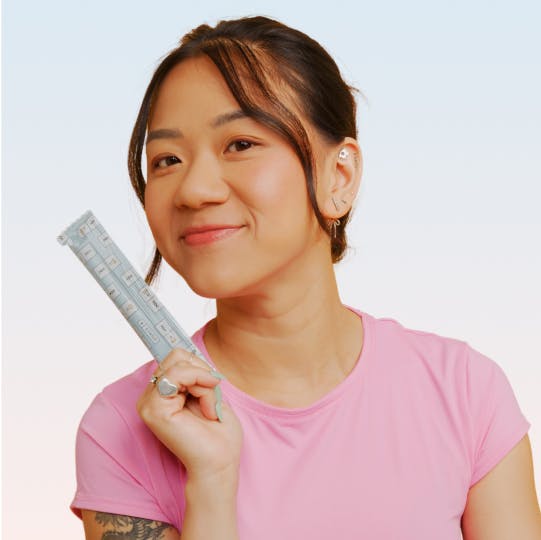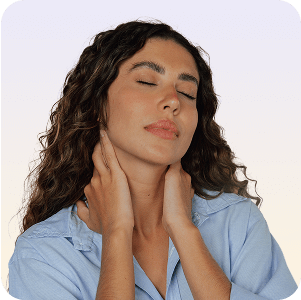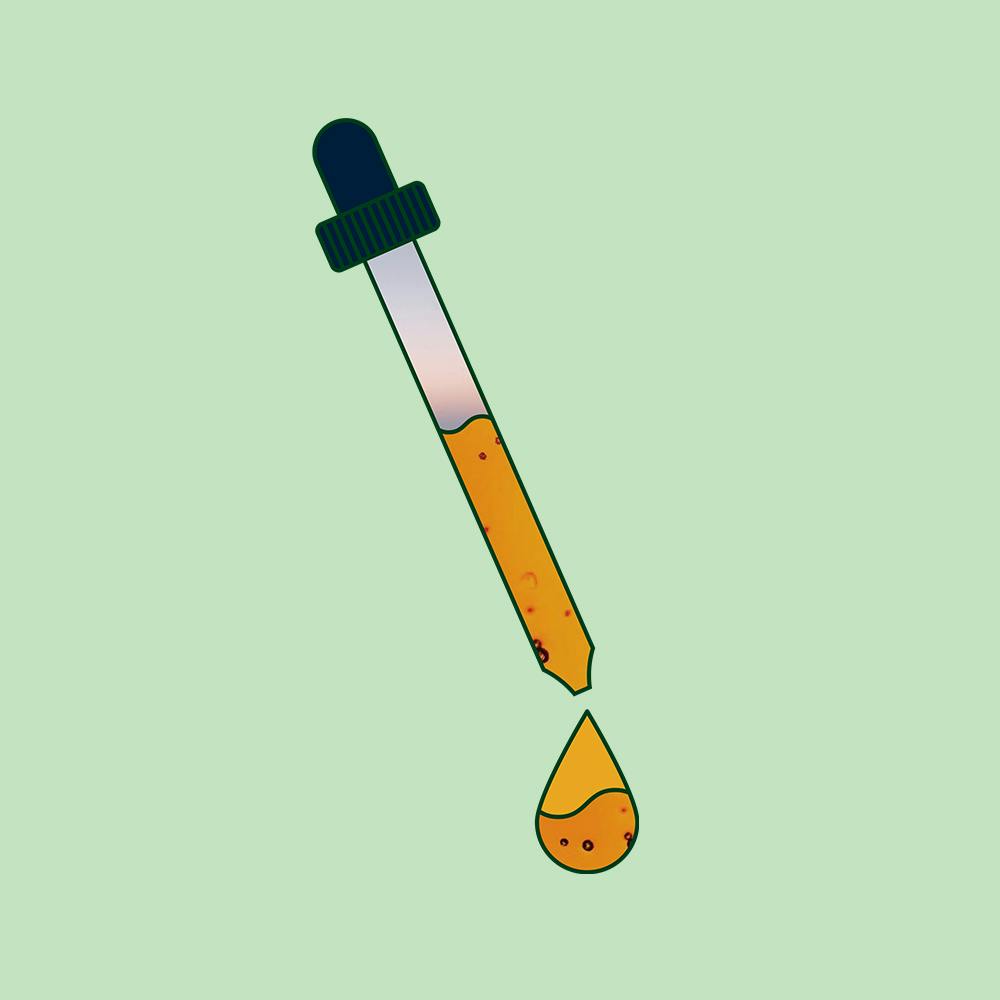Illustrated by Erin Rommel
CBD has flown under the radar for decades, but nowadays you’d be hard pressed to walk into any health store without finding at least one hemp supplement on the shelves. Since the industry is so new, a lot of people are hazy on the details, including manufacturers, and despite all the hype there are very few guidelines out there about dosage and bioavailability.
Even though companies are putting CBD in everything, the one thing missing from the market is any sort of trustworthy information about how much CBD to take, how to take it, and what to take it for.
Figuring out the right dosage is a bit of a science experiment, for several reasons. Firstly, data show that not everyone responds to CBD the same way, so the right dose varies from person to person.
CBD is also highly unregulated. The FDA has not yet created a recommended daily intake (RDI) for CBD, which means it doesn’t have an official serving size—that’s why you’ll often see “a dropper full” as the recommended amount on labels. While that can certainly be a dosage, until more research is done there’s no saying whether or not it’s an effective dosage.�
This is also because CBD has a dose-response curve. There is a point where the drug works the best (which changes based on what you’re trying to treat), and if you overstep that point it becomes less effective.
So there is definitely a *right amount* of CBD… the tricky part is figuring out what that amount is, for each individual. But if you’re worried about taking too much, don’t worry. You can’t build a tolerance to CBD, and it’s almost impossible to overdose from it. Just for reference, most clinical trials on CBD have prescribed doses up to 1,200 mg daily for months without noticing any serious side effects. Given that most CBD products on the market have less than 100 mg, you’re all good.
Despite all the ambiguity, there are several factors you should take into consideration when figuring out what CBD dose is right for you. So, we put together a comprehensive guide on how to dose CBD and make sure you’re getting the most out of the compound’s therapeutic effects (and your hard earned cash).
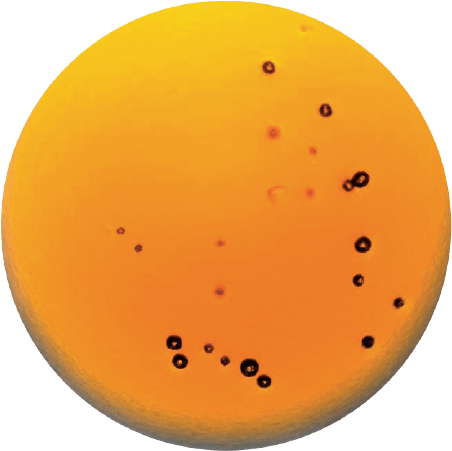
What is CBD bioavailability?
Simply put, bioavailability is the percentage of a drug absorbed into your bloodstream after being administered. It massively depends on the route of administration, so how you take CBD affects how much of the compound ends up in your system.
For example, CBD taken orally in the form of a pill has very low bioavailability (around 6-10%), but taking it sublingually in the form of a tincture or oil is slightly better (12-24%). Generally though, a very small fraction of the compound will really be absorbed because if you ingest CBD, it has to go through your digestive tract before entering your bloodstream, so your gut and liver take a cut. Here’s a tip: since CBD is lipophilic (it dissolves in lipids or fats), its bioavailability increases fourfold when taken with food—edibles, anyone? For this same reason your weight, or specifically your BMI, also plays a role in bioavailability.
If you apply CBD transdermally in the form of a patch or balm, the active ingredient is delivered across the skin directly into the bloodstream, without having to go though your gut first, so its bioavailability is much higher.
When inhaled—ie. vaped, because you can’t smoke hemp—the bioavailability increases (about 30%) because lungs have a sh*t ton of blood vessels, so the CBD enters the bloodstream immediately. The same is true for CBD taken intranasally, in fact that route of administration has a fairly high bioavailability (14-46%). Not that you have to start snorting CBD for it to be effective, but if you can get your hands on a nasal spray it’s worth a try.
Then there’s the vaginal route of administration, the holy grail if you’re trying to ease cramps.
What are you taking CBD for?
CBD boasts an impressive variety of therapeutic properties, but dosage requirements depend on what ailment you’re trying to treat. Are you trying to alleviate aches and pains? Treat anxiety? Or maybe you simply want to chill out.
How much CBD you should be taking depends on why you’re taking it. Again, it’s not an exact science. CBD is a potent anti-inflammatory, so if you are thinking about using it for pain, inflammation or stomach problems, then a lower dose would be required than if you wanted to use it for your mental health, because more of the CBD needs to get to the brain. Remember: bioavailability and route of administration matter.
The rule of thumb is that transdermal application works better for aches and sprains, while inhalation and ingestion work better for anxiety, stress and relaxation.
Our advice? Start with a small dose (for example 40 mg a day), and if its not working for the ailment that you are trying to treat, then go up by 10 mg. When it comes to CBD, a lot of it is about trial and error, and understanding your own body.
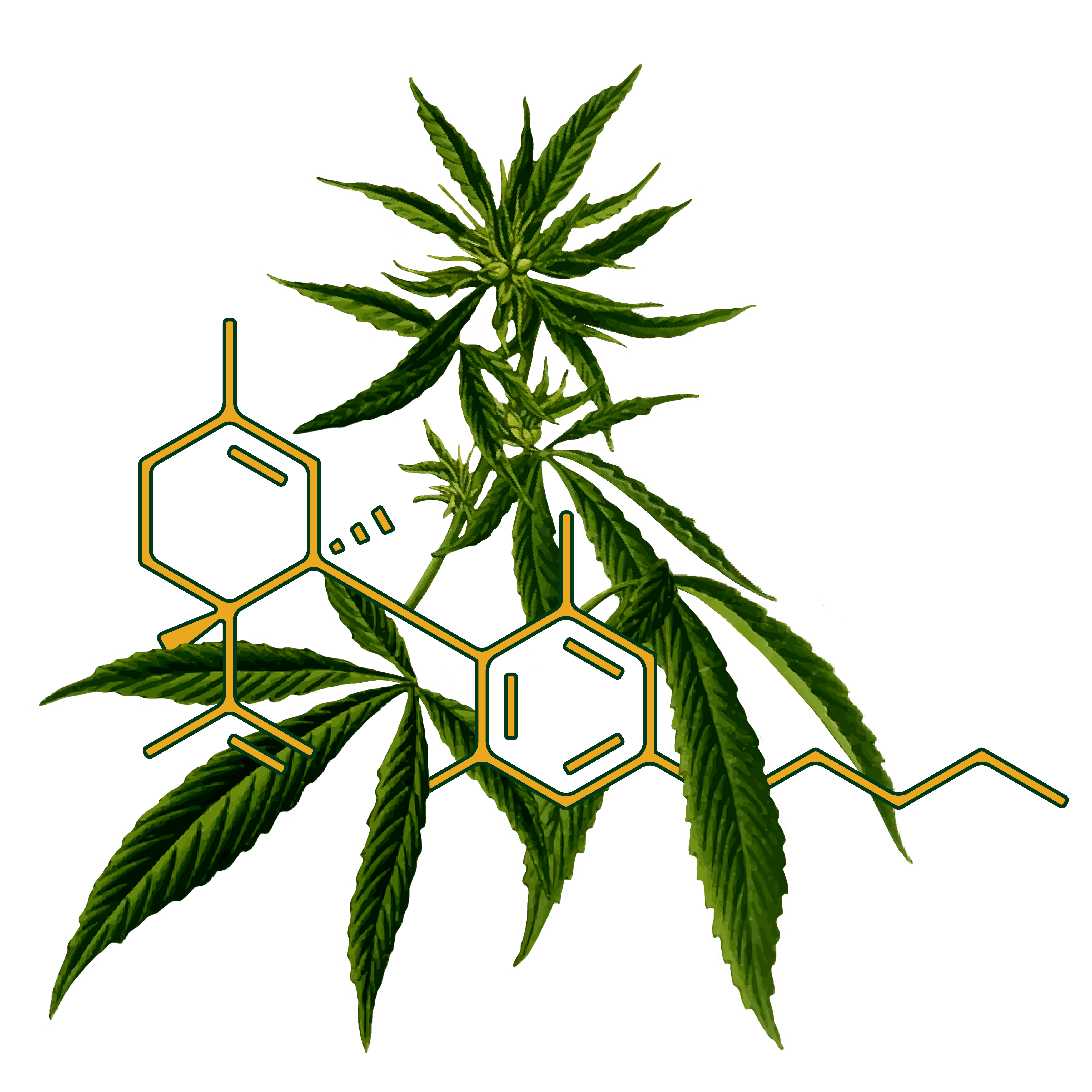
How quickly does it take for CBD to work?
The time it takes for CBD to act in your body depends on the route of administration, and how quickly your body takes to expel it. Some methods, like inhalation and vaginal absorption, offer quick and sharp relief. If you’re looking for something more sustainable and long-term, then taking CBD orally is likely better.
How CBD is administered, and for how long it has been administered for, will also affect how long it will take to leave your system. If you’ve only taken it once then you can expect it to leave your system about 6-12 hours after administration. If you have been taking it for longer, then it will take at least a week. As the CBD is leaving your system, its efficacy will decrease, so keep that in mind when deciding what you’re trying to treat and how quickly you want it to act.
Quality and quantity
In regulatory terms, CBD is a bit of a minefield. The only requirement for selling CBD in the UK and US is that it must have no more than 0.3% THC in it. This means some companies are less trustworthy than others, and many manufacturers get away with selling CBD with a concentration so low your body doesn’t even detect it. Such a highly unregulated market means consumers risk purchasing CBD products that don’t do what they say on the tin, but potency matters when it comes to effectiveness. The ideal strength is of 30%, anything lower is likely to be nothing more than a placebo.
Then there’s what type of CBD you chose. CBD isolate is simply the CBD molecule— this is what is used in many of the clinical trials of CBD have been conducted so far. However, the theory is that CBD works best when it’s full-spectrum, meaning it contains other cannabinoids, terpenoids and flavonoids (that work synergistically, known as the “entourage effect”), all which carry their own therapeutic effect.
TL;DR
So, CBD dosing is…not super straightforward. Because it’s highly unregulated and under researched, there isn’t a “one size fits all” amount needed, and there will be some trial and error while gauging your proper dosage. But here are the things to consider:
- What form are you taking it in? Every method has a bioavailability and delivers CBD differently, affecting how much of it you need to take and how often you need to take it.
- What are you taking it for? Different ailments, whether they’re physical or psychological, will require a different amount of CBD and route of administration.
- What is the product’s concentration? Doses also depend on potency, but more doesn’t necessarily mean better. That being said, CBD has a very high safety profile so it’s unlikely to experience side-effects.
